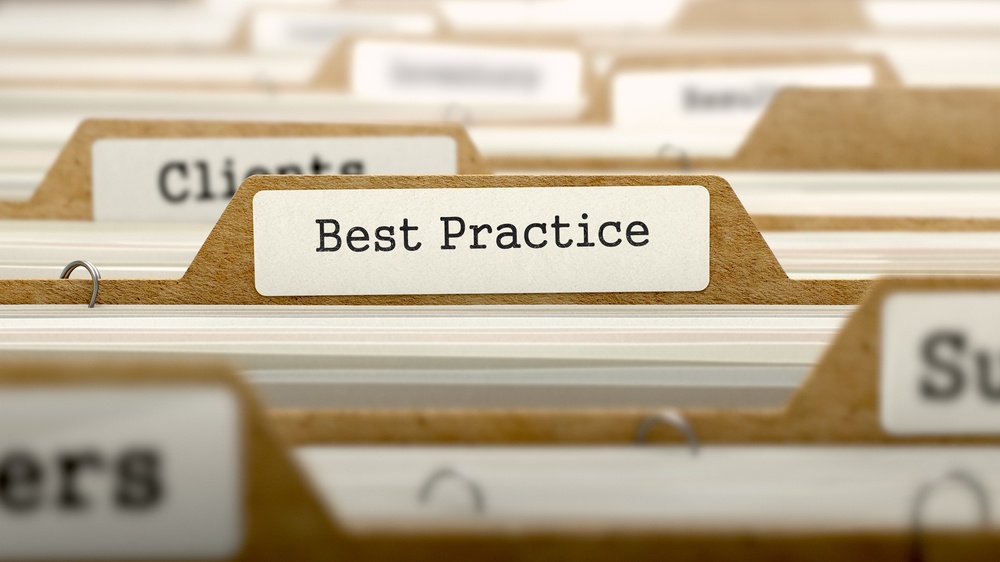If you’re like most schools, over the years you’ve made significant investments in Windows applications. And a critical part of continuing to capitalize on that investment requires those applications be updated and working properly. This probably brings to mind three letters that drive you crazy – .exe.
As anyone with legacy Windows apps knows, .exe files can pose compatibility issues, especially when migrating from legacy Windows machines to a Chromebook or Google Apps environment. Taking advantage of new technology is why so many organizations are focused on web-enabling .exe files, alas, that’s not always an easy proposition.
 Traditionally, your options for web-enabling .exe included:
Traditionally, your options for web-enabling .exe included:
Redesign – This entails a complete redesign of .exe for the Web, which in turn, requires expertise to handle that redesign, whether that be from those on staff, or with third party developers. Either way, this approach requires a lot of time, and can be very costly.
Application Virtualization – Application virtualization is the process of separating applications from the underlying operating system. The desktop is then streamed to a computer or another compatible endpoint device. While application virtualization does solve some of the compatibility issues, it still requires local execution of the application on a Windows machine, which means that Windows machines still need to be maintained and updated. It can also be a very costly, complex, and time-consuming proposition – with a return on investment that’s often hard to justify.
Today, however, there is a simpler option if you need to web-enable .exe files:

Legacy application modernization – This is our approach at Cameyo. We’ve developed a simple, scalable, and secure solution that enables you to easily migrate all of your legacy Windows applications to run natively in the cloud. Our customers have slashed application migration time and cost by publishing their legacy apps to their preferred browser, with absolutely zero app development required.
When determining which approach to web-enabling .exe is right for you, you need to consider the following factors:
- Time – Redesign of .exes can take a long time – north of 12 months. And while application virtualization can be faster than redesigning, the need to build out and maintain the additional demands this puts on the data center is no small task. So you need to consider the amount of time you will end up investing to web-enable your applications, too.
- Cost – How can you ensure that the process of web-enabling your .exes does not end up costing so much that it outweighs the initial investment in the applications to begin with? When it comes to rewriting an .exe from scratch, that always ends up being a very costly proposition – even if you have the in-house expertise to do so. Given most educational institutions don’t have that staff – they use 3rd party services to rewrite and redesign apps, making costs even higher. Application virtualization typically involves building out and maintaining a data center where the virtualized Windows desktops are hosted, run, and managed – adding to the investment needed.
- User Experience – Even if time and money were no object (which, let’s be honest – they always are), it’s still critical to consider the experience the end-user will have. At the end of the day, running applications from the cloud is the best and most modern experience you can provide, ensuring that the user is always automatically interacting with the latest software, from their mobile or smart device of choice – and doing so in a way that naturally feels just like native software.
- Security – It is infinitely harder to ensure the security of older legacy applications than it is to run those applications in a centrally controlled web environment, where the exposure is constantly being monitored and updated based on the latest threats and technology advancements.
Ultimately, taking an application modernization approach is typically the best way to address each of these key factors – helping to reduce cost, save time, deliver the best user experience, and ensure the greatest security. Application modernization platforms enable you to deliver legacy applications on-demand, to any device, any time, any where, and with absolutely no app development cost.
So if you’re struggling with how to web-enable .exes, check out this free, no obligation trial to see how easy it can really be. Don’t have time? Contact us and we’ll load and configure your application on a Cameyo server for free.
